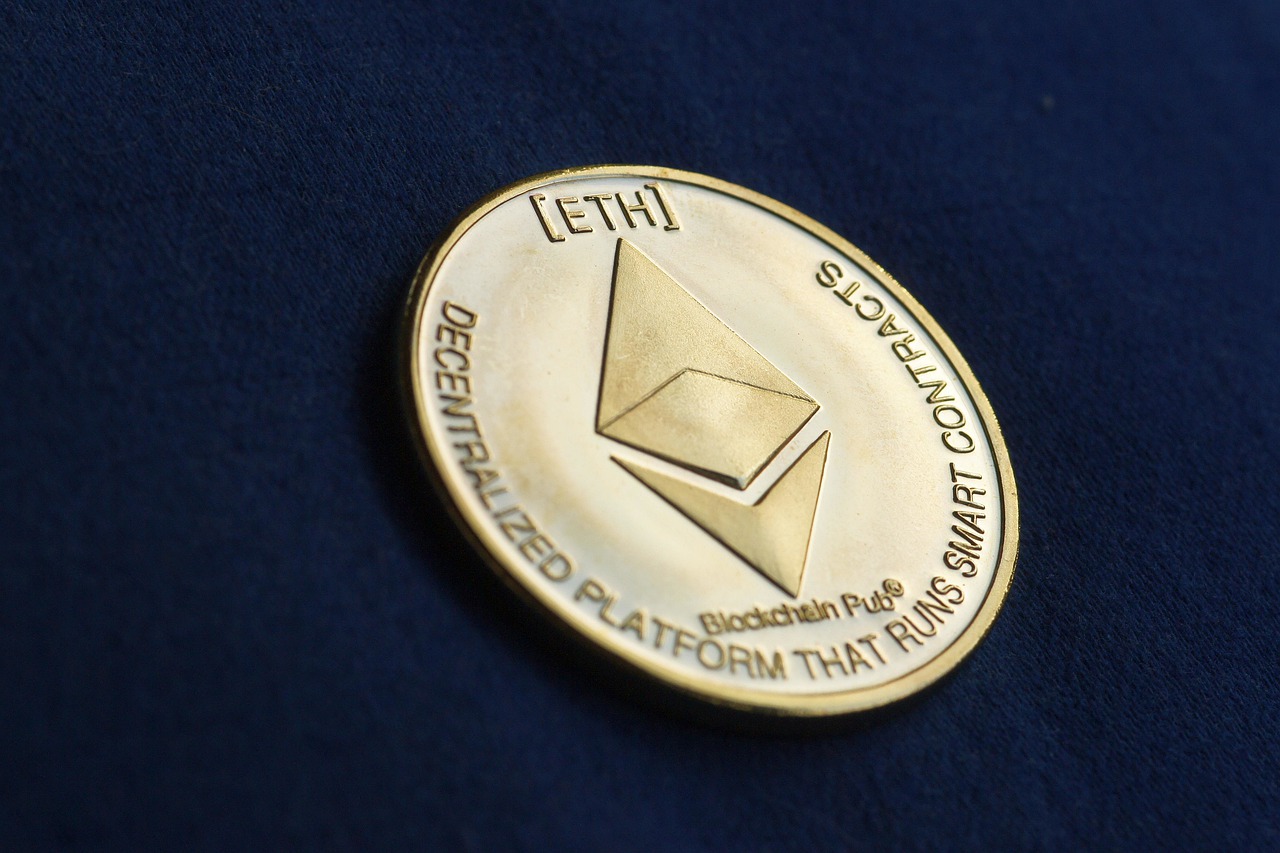- Since the Ethereum Merge, staking yields have risen by 71.43%.
- The Merge endeared Ethereum to large corporations as it mitigated the environmental impact.
- Governments are keen to regulate cryptos with the U.S. president at the forefront.
One of the critical developments in crypto history is Ethereum’s switch from the PoW to the more scalable PoS model. The move was a glimpse into the future of digital assets and the industry. The Merge shows positive signs for Ethereum stakers, who enjoy high yields. According to CryptoMonday.de, since Ethereum switched to proof-of-stake, staking yields have increased by 71.43%.
Speaking on the data, CryptoMonday CEO Jonathan Merry said:
CryptoMonday CEO Jonathan MerryCrypto holders stake to earn yields from the growth in value of the underlying asset and the transaction fees they collect. The current staking yield for Ethereum is approximately 5% per year. The migration to the new consensus algorithm was a significant development in terms of sustainability and security. The old mining process was becoming increasingly centralized with large firms, and the environmental impact was getting out of hand. The new process negates these two issues while maintaining high transaction speeds crucial for dApps. The Ethereum network is now more attractive to large corporations and governments.
Is ETH a Security?
The move to PoS was beneficial to the Ethereum network in several ways. The network became more sustainable as it no longer required high energy consumption for mining. Secondly, the network’s security increased as stakers had to lock up their ETH to participate in validating blocks. The move also endeared Ethereum to large corporations and governments keen on using a sustainable and highly secure blockchain.
The U.S. government, for instance, is now looking into regulating Ethereum and other cryptos. The Securities and Exchange Commission has been toying with the idea of classifying ETH as security. If this happens, it would mean more institutional investors would be keen on Ethereum. The increased demand would lead to higher prices and, consequently, higher staking rewards.
Framework on Regulating Crypto
President Biden recently released a framework that called for more regulation in the crypto space. The document argued that digital assets had been used to launder money and finance terrorism. It went on to state that the government must do more to stop these illegal activities.
The framework also called for more clarity on how digital assets should be classified. It noted that there was a lack of clarity on whether ETH and other cryptos were commodities, securities, or something else. The lack of regulatory clarity has prevented many institutional investors from participating in the crypto market.
The White House’s stance on crypto is in line with that of other world leaders. Several G20 members have called for more regulation in the space. The most notable among them is France, which has been pushing for a global regulatory framework.
The increased interest in regulation indicates that the crypto industry is coming of age. As the market matures, we expect more institutional investors to participate, leading to higher prices and staking rewards.












